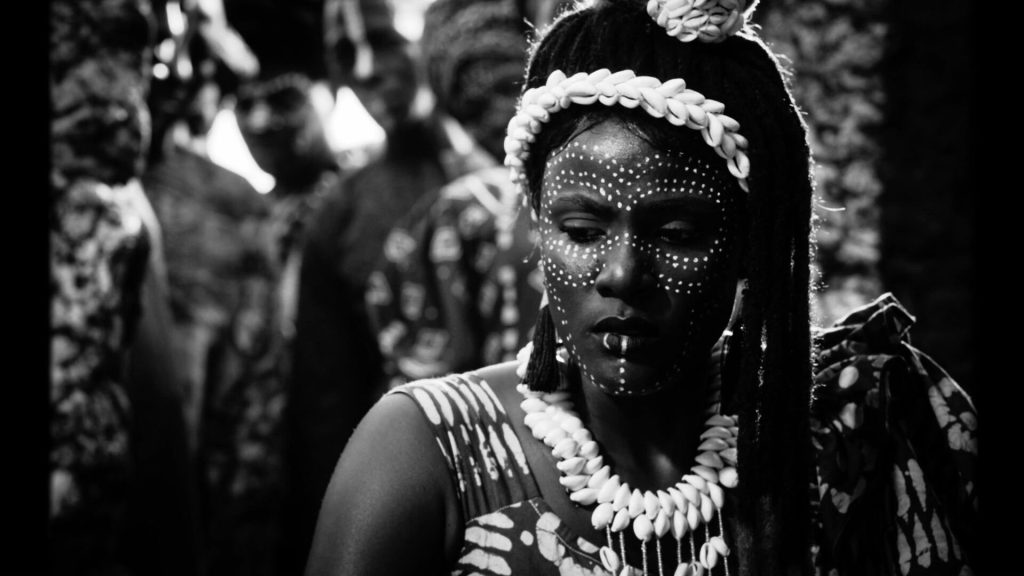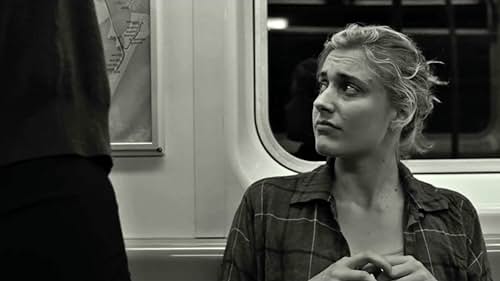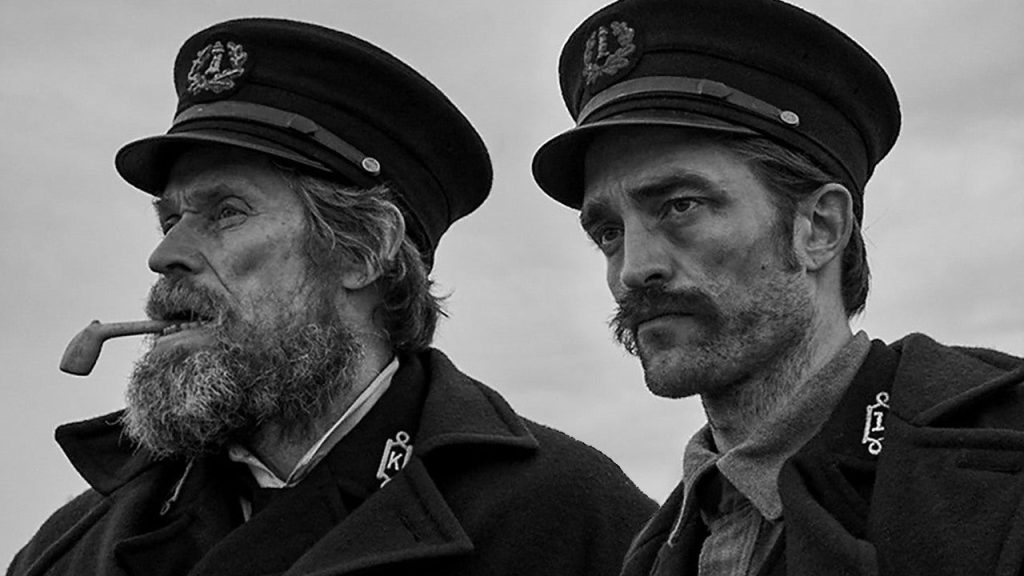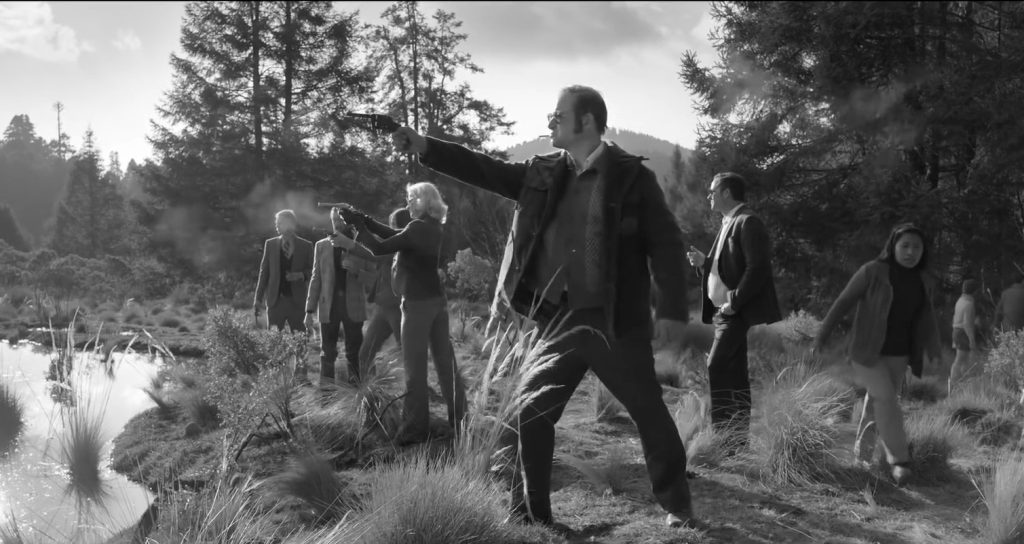Casablanca. Metropolis. Nosferatu.
All defining moments in the rich tapestry that is cinema history are all black and white, but why is it that monochrome filming has become an almost lost art form? Indeed, if you look up any list of the most critically acclaimed black and white movies, you’ll be hard-pressed to find many released after 1960. Over time, the aesthetic has been pushed to the fringes and seen as inherently ‘arthouse’ (usually with a slightly pretentious air.)
The Best Black and White Films in Cinematography
In photography school, students are usually urged to master black-and-white shooting (especially film development) before moving to color, but not so in filmmaking. With the latter, black and white is a tool reserved only for the masters.
But as of recently, the tide seems to be changing, and we’re seeing an increasing number of releases that are not only inspirational for those of us wanting to re-embrace monochrome but also serve as great examples of why more people should do so. Nosferatu, for instance, is still inspiring filmmakers, with another version starring Lily-Rose Depp, Aaron Taylor-Johnson, and Nicholas Hoult slated to premiere in December 2024.
Mami Wata (2023)
In the upcoming black-and-white film Mami Wata, external forces jeopardize the tranquility of a village, and two sisters embark on a journey to protect their community. The two work together to reclaim the splendor of a mermaid goddess and bring harmony back to the land. The international film from Benin has already generated a lot of buzz in the industry, with The New York Times calling it a “modern fable (that) is both haunting and ravishing.”

Lílis Soares, an Afro-Brazilian Cinematographer who shot the film, explained how the film is so unique and compelling, stating, “There is a connection between a narrative and how it is made. On Mami Wata, we needed to try and change this gaze, to try and put more value in these bodies we portray. It was a huge challenge because we didn’t have references for that.”
Image via CNN.
Frances Ha (2012)
Frances Ha is a 2012 black-and-white comedy-drama film directed by Noah Baumbach and co-written by Baumbach and Barbie Director Greta Gerwig, who also stars in the lead role. The film follows the life of Frances Halladay, a spirited and quirky aspiring dancer living in New York City. As Frances navigates the challenges of adulthood, friendship, and artistic aspirations, the film presents a poignant and humorous exploration of self-discovery.

Greta Gerwig’s performance is widely praised for its authenticity, capturing the essence of a young woman in the midst of figuring out her place in the world. Frances Ha received acclaim for its character-driven narrative, nuanced storytelling, and the collaborative brilliance of Baumbach and Gerwig, making it a standout in contemporary indie cinema.
Image via IMDB.
The Artist (2010)
Let’s start off with the most acclaimed black-and-white feature of recent times and the one that immediately springs to mind as an industry game changer: 2012’s The Artist. On paper, The Artist was a hugely big risk. In a world where only the most brash and lowest-common-denominator comic action movies earn big bucks, would anyone be tempted to watch a movie that’s not only black and white but also silent?
Indeed, the marketing team had a hard sell. At the time of writing, the most recent YouTube comment on that trailer reads: “No way I’m watching it. A silent movie? Please.”
And that’s even after it won awards and became high up the list of most recommended movies of 2011. But it won awards, and it would be hard to imagine the movie presented in any other way. This gets to the crux of when it’s appropriate to shoot in black and white: when the subject matter calls for it.
Kokomo City (2023)
Directed, produced, and edited by D. Smith, the 2023 American documentary film Kokomo City delves into the lives of four Black trans women, shedding light on their experiences in New York and Georgia. Executive produced by Lena Waithe, the film premiered at the Sundance Film Festival on January 21, 2023. The film won awards at Sundance and Berlin and hit theaters on July 28, 2023, under the distribution of Magnolia Pictures.
With a 99% fresh score on Rotten Tomatoes, the film shows that the art of black-and-white filmmaking is alive and well.
The Lighthouse (2019)
Directed by Robert Eggers, this psychological horror film features striking black-and-white cinematography. The movie stars Willem Dafoe and Robert Pattinson as two lighthouse keepers who begin to unravel amidst isolation and psychological strain on a remote New England island in the 1890s.

Shot in stark black and white, the film not only captivates with its atmospheric visuals but also delivers a gripping narrative, exploring themes of madness, power dynamics, and the supernatural. The exceptional performances, unique cinematography, and eerie ambiance make The Lighthouse a standout piece of psychological horror cinema.
Image via IGN.
Schindler’s List (1993)
Incidentally, it was the first monochrome film to win the Academy Award for Best Picture since Schindler’s List in 1993. It is another superb example of a story that wouldn’t have been enhanced had it been shown in color.
Of course, there is a small amount of color within the film courtesy of the iconic girl in the red coat, the symbolism of which has given us a talking point for decades (As an aside, this small color feature technically means that The Artist was preceded by The Apartment in 1960 as the previous all-black and white winner of the Best Picture award.)
And this brings us to our second takeaway point that cinematography school students should bear in mind: just because a movie is devoid of color doesn’t mean it has to be devoid of potent symbolism. A cinematographer working in black and white should execute their ideas boldly and with confidence.
Roma (2018)
Directed by Alfonso Cuarón, this acclaimed film is primarily black and white and offers a visually stunning and intimate portrayal of life in 1970s Mexico City. The film follows the life of a domestic worker named Cleo, played by Yalitza Aparicio. Shot in black and white, Roma is a visual masterpiece that combines Cuarón’s personal storytelling with breathtaking cinematography, capturing the intimate moments and societal changes of the time.

The film received widespread praise for its emotional depth, meticulous attention to detail, and Aparicio’s compelling performance, earning numerous awards, including three Academy Awards for Best Cinematography, Best Director, and Best Foreign Language Film.
Image via IMDB.
Sin City (2005)
As Spielberg showed us, we don’t have to stick to one approach or the other dogmatically. Although it’s technically more challenging only to highlight certain props or characters with vibrant color while all else is in grayscale, the resulting effect can be extremely compelling, as we saw in the first Sin City movie:
As long as the filmmaker is armed with a good screenplay, a talented team, and a dose of confidence, black-and-white filming—when appropriate—can add a very complex atmosphere to production and lend an air of reverence to the subject matter when done right.
Gunda (2020)
Gunda is a 2020 documentary film directed by Viktor Kossakovsky. The film presents an intimate and immersive portrait of the daily life of a pig named Gunda, along with her piglets, a herd of cows, and a one-legged chicken. Shot in black and white with no dialogue or music, Gunda is a contemplative and emotionally resonant exploration of farm animal existence, offering a thought-provoking perspective on the sentient and emotional lives of these animals.

The film has received acclaim for its powerful storytelling through pure observational filmmaking and its impact on raising awareness about animal welfare.
Image via The Irish Times.
Cold War (2018)
Directed by Paweł Pawlikowski, this Polish film is a romantic drama shot in black and white, capturing the post-war period in Europe. The film spans multiple decades and follows the passionate yet tumultuous love affair between two musicians, played by Joanna Kulig and Tomasz Kot, against the backdrop of post-war Europe.
Noteworthy for its stunning black-and-white cinematography and haunting musical score, Cold War received critical acclaim for its evocative storytelling, strong performances, and the ability to convey the complexities of love amidst the political and cultural challenges of the Cold War era. The film was nominated for three Academy Awards and won the Best Director award at the Cannes Film Festival in 2018.
A Girl Walks Home Alone at Night (2014)
A case in point is last year’s compelling A Girl Walks Home Alone at Night—of the choice to film the vampire flick solely in black and white, critic Drew Taylor writes: “[the movie gives] the impression that you’re witnessing something iconic and important unfold before you.”
The film is a study of how to create an atmosphere, if ever there was one.
Explore The Exciting World of Cinematography at NYFA
In short, as long as you’ve got the preliminary substance, shooting in black and white can deliver the style. But more than anything, it’s knowing when to shoot in black and white—all of the both are great examples of this, but there are some occasions where it becomes superfluous… and on those productions, great color design takes precedent.
Want to learn more about Cinematography and shooting in black and white? Check out NYFA’s programs in Cinematography today!